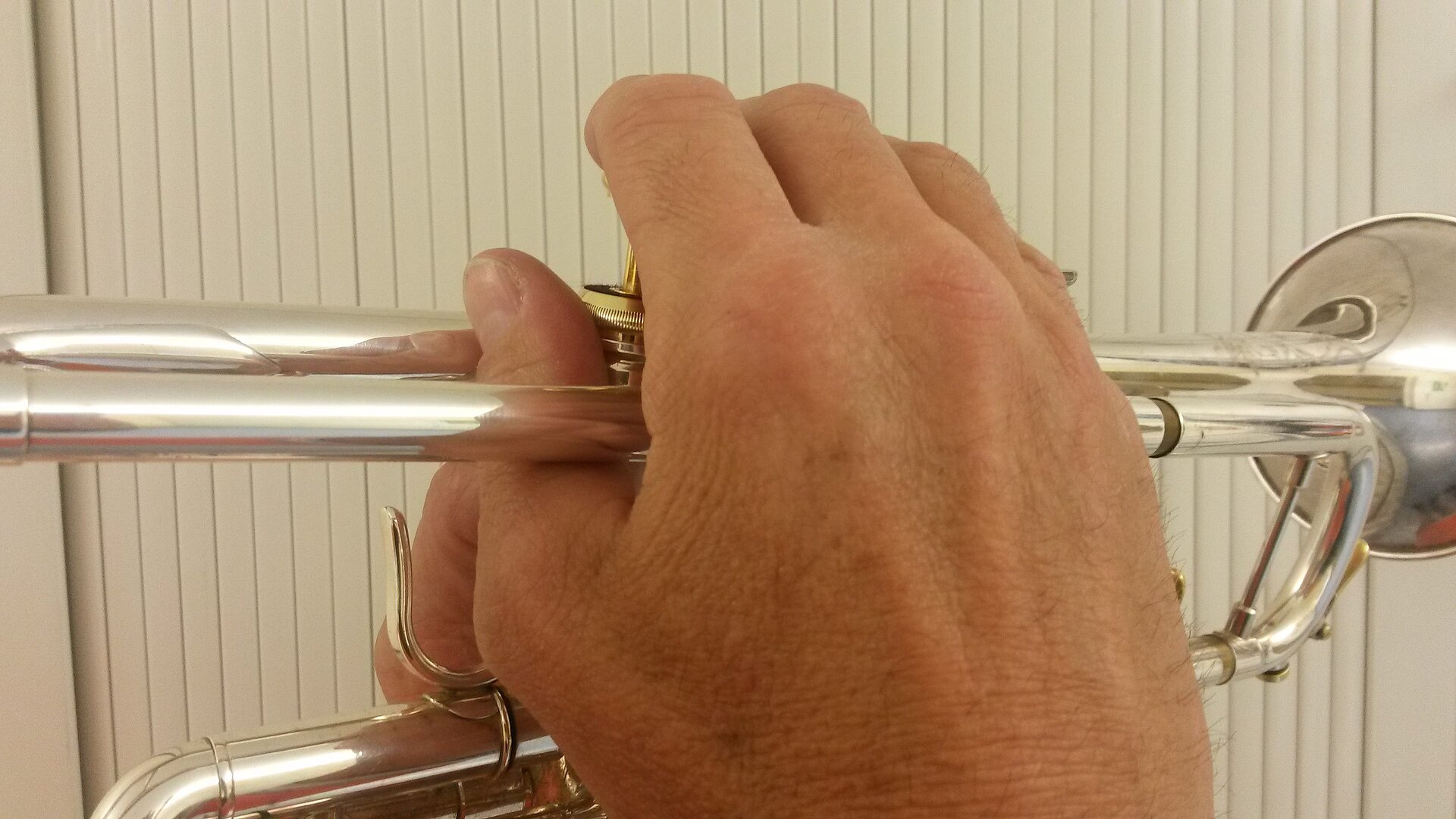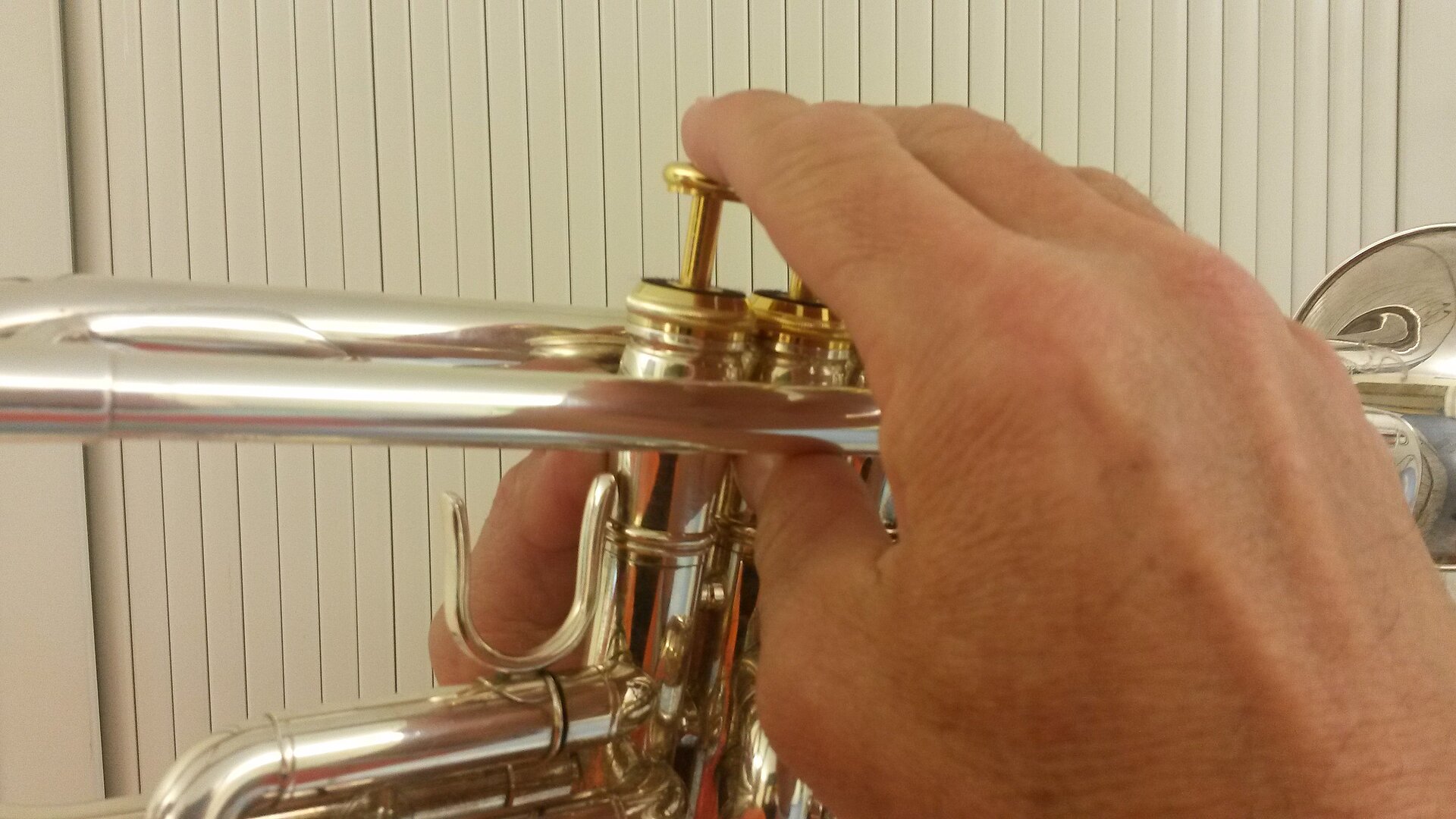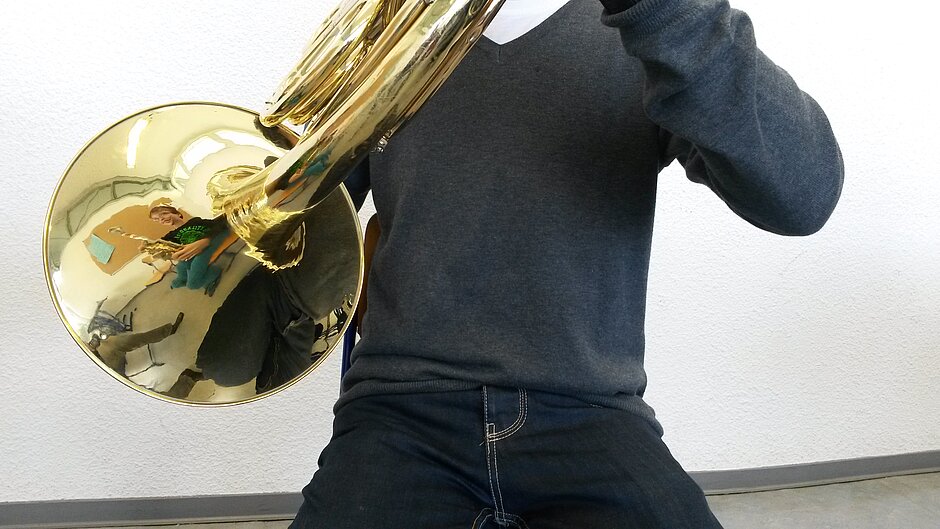Introduction
Making music with an instrument is an enrichment for your body and soul – you should see it like that and wish for it, too. Nonetheless, there's an increase in “musician diseases”, which is the other side of the coin.
Almost 20% of all sickness certificates and around 50% of all the early retirements occur due to spinal diseases and damages. The temporary playing of an instrument can develop a physiological asymmetry up to a pathological finding – with the result of an ending musical career. The reasons can be an improper practice of the instrument – like postural deformities due to an unprofessional teaching -, which can make playing a torment and decrease the natural flow. For this reason, an ideational realization of the anomalies and their correction are indispensable in the beginning of a music lesson.
As years go by, instruments weren't necessarily changed in their form and construction when it comes to ergonomics for the human body. They are mostly a compromise of manual feasibility, due to material and construction characteristics and their physical necessity. The adjustment to the human body's ergonomics and our hands usually just happens in the last steps of construction. It is obvious that the construction of an instrument has a strong impact on how positive or negative its effect is on the physical position of the musician and his well-being when playing.
Habitus of the relaxed hand (the Alexander technique)
Lets first focus on the human hand. Observe it yourself: Let your arm hang down and shake your hand out. Now look at the form of your relaxed hand: the fingers are light and slightly bent – neither stretched nor clawed. The fingers form a sight bow from the finger joint to the finger tips. The smallest and last finger joint isn't sagged but continues the line of a slight arch up to the finger tips.
Lets look at our hand from above (index to the pinky) – you'll also remark a pitch from the index to the middle finger and a downturn to the pinky.
Now it is that the valves of the trumpet form a straight line, which isn't a problem, though, because the fingertips are forming a line anyway when the hand is arched. If you take a look at the hand from the side of your thumb, compared to the other fingers, the thumb stands back significantly.
The habitus of a uninhibited and relaxed hand has to be kept when operating the instrument.
This results in the following principle about the construction and handling of instruments: The circumstances of an instrument have to be oriented towards the ergonomics of the human body and hands. This is the only way a symptom-free and ergonomically ideal position can be guaranteed during the play.
Changing the natural position of the body because of an unergonomic way of construction of the instrument would be disastrous.
The recognition of the so-called “Alexander technique”'s principles (by Mister Frederick Matthias Alexander) should only be mentioned on the brink here. He investigated the natural position of primitive peoples, then remarked and corrected their habitual changing of position in the neck and shoulder area.
Now you might say that some virtuoso moves towards the instrument and changes his natural position by that. Let’s think for example of Glenn Gould who sat on a small chair with an arched back and kept his head and eyes on the height of the keys – nonetheless, he achieved a brilliant control of the instrument. A little remark to this: How a genius changes his position while keeping the quality of his play, is his own business. We're just talking about basic principles about the natural condition of the body that should be explained to and kept in mind by beginners.
Synchronisation of the position on the trumpet
Now, we take a look at the synchronisation of the position for the right hand on the trumpet.
The thumb: The human thumb joint differs from the one of primates in a way that it can be pointing inwards, compared to the longer fingers. A primate's thumb can't be put onto the palm. This is what gives humans the ability to hold fine instruments and to perform crafts which need a lot of precision. Objects can be lifted with thumb and index. This evolutional progress shouldn't be underestimated. You'll understand this fact when putting a pencil inbetween your fingers. The thumb is placed exactly opposite of the index, middle and ring finger. For this reason, the thumb should lay below the lead pipe between the first and second valve when playing the trumpet, in order to offer the three valve fingers a counter-pressure and to gain some flair. It would be wrong to put the thumb in front of the first valve seat.
Same applies for the trombone when the thumb and the longer fingers grab and lead the drag in a relaxed way. The wrist thereby yields flexibly when playing a soft “dolce” and, in contrast to that, is led in a very stable way when playing a technical “staccato” - almost like the right bow wrist in the violin playing. Now let’s take a look at the mouthpiece of the trumpet.
The valves can be found in the middle, the bell left and the lead pipe right of the valves. The majority of the trumpet players starts too far right. Where does this come from? The reason for it can be found in the construction of the trumpet. The valves are targeted in the middle and thus get into the center of our visual field. The mouthpiece is placed on the leadpipe on the right of it, though. A displacement of the lipping towards the right side is the logical consequence. It could help to lead the leadpipe in a slight arch at the height of the valves – at least for student instruments. Here, we have to deal with a positional anomaly because of the instrument's construction again.
Final words
So we should always keep in mind the gap between physical circumstances and the conditions depending on the construction of the instrument.
Why shouldn't we actually create a left hand trumpet? Because: where there's a will, there's a way.
Through adaption of the specific body conditions, possibly many more people (even with disabilities) would be able to play an instrument.
Have fun using all these hints!






